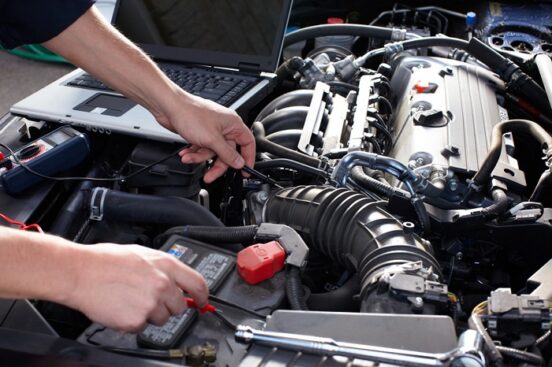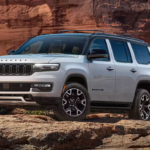If you’ve ever taken a glance under the hood of your car, you may have been confused by what you saw. If you don’t know much about cars, the inner parts and systems can seem confusing. Fortunately, our service experts are always available to help you learn.
While you probably know about your engine and brakes, it also helps to know how other key components work. This guide from our Jeep® parts experts lets you know what your belts and hoses do.
Serpentine Belt
Also known as the drive belt, the serpentine belt delivers power to the cooling fan, power steering pump, and other important parts. Over time, these belts wear out, especially if your car is often exposed to very hot or very cold temperatures.
While your car will still run if this belt breaks, your steering could overheat. Generally, this type of belt needs to be replaced every 50,000 miles or so.
Timing Belt
While they used to be much more common, not all vehicles currently have timing belts. If your car does, it plays a vital role, as it lets the crankshaft turn the camshaft.
Unlike the serpentine belt, if your timing belt breaks, your car won’t be able to go anywhere. If you have a newer vehicle, you may have a timing chain instead of a timing belt, which typically lasts longer.
Hoses
Lots of parts in your car rely on hoses, including your heater, A/C, radiator, and fuel line. In many cases, hoses wear from the inside, so they may look fine on the outside. This is why they should be checked for cracks or breaks periodically and replaced every 50,000 miles or so.
Is it time for your Jeep to get a new belt or hose? Our service center at our Jeep dealership near Manahawkin will make sure you get exactly what you need.






